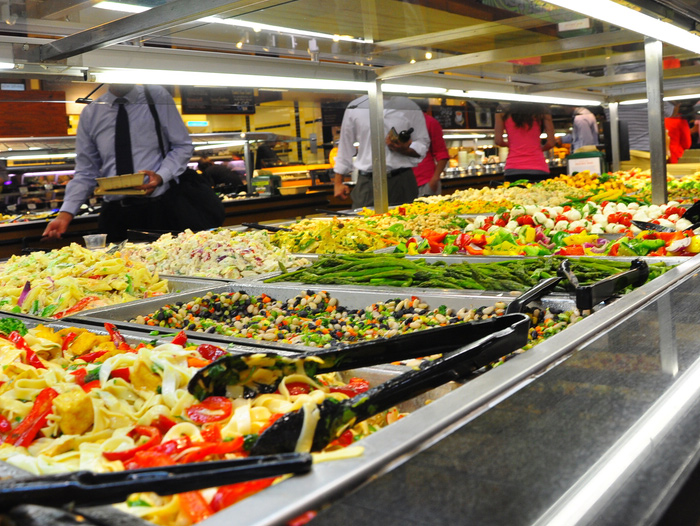Don’t Overlook Foodservice-at-Retail in the Path Forward
December 24, 2020 | 1 min to read

If you told me this time last year that the salad bar would be just a memory and that there would be a run on yeast for homemade bread, I would have thought that you might have imbibed too much spiked eggnog or stayed up too late wrapping presents.
To be sure, it’s a different marketplace and a decidedly different consumer base as we head into 2021. (I’ll refrain from using the phrase “unprecedented times”). As we rouse ourselves from the thick fog of the pandemic and other disruptive events that marked this past year, we can make out a path – or more succinctly, multiple paths – forward in the way we provide and sell food to our consumers.
The pandemic-driven flip from foodservice to retail that started in spring which centered a bit in the summer before flipping again in the most recent COVID-19 surge, has permanently impacted foodservice, grocery and foodservice-at-retail programs in some way. As restaurants struggle mightily and food retailers juggle increased demands, changing supply chains and new ways of providing products to their customers, foodservice programs in grocery stores are in a familiar position: the middle.
To read the rest of the story, please go to: FMI
